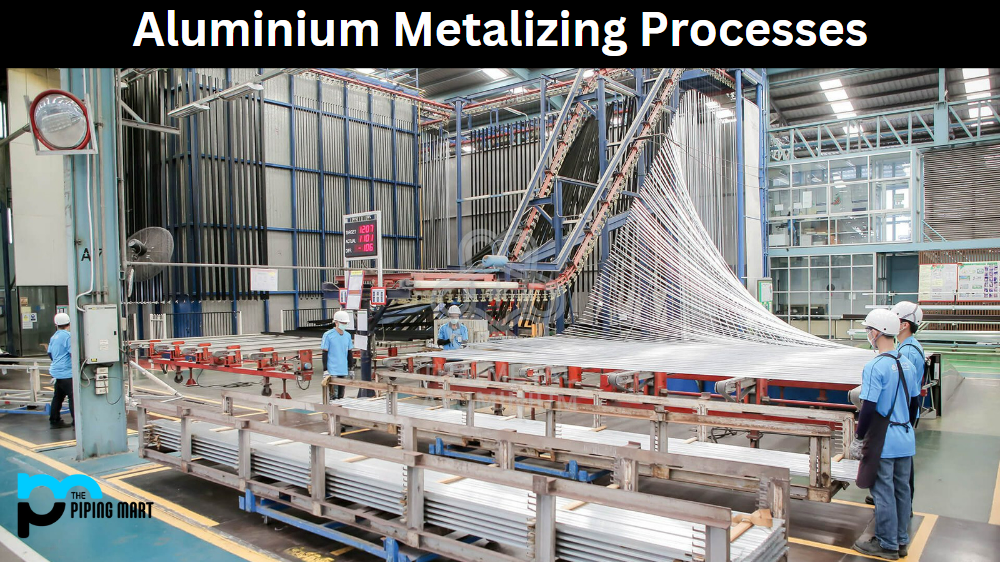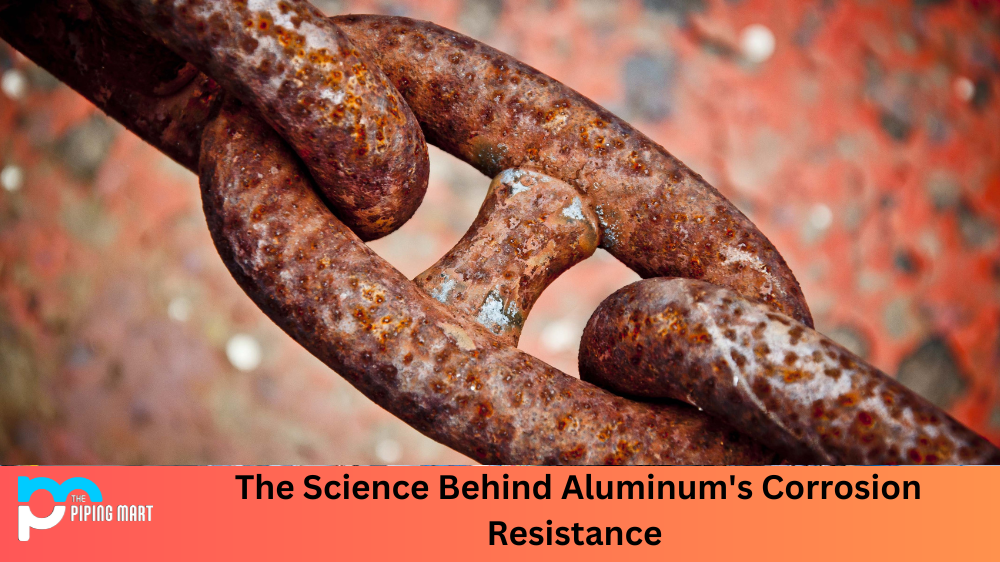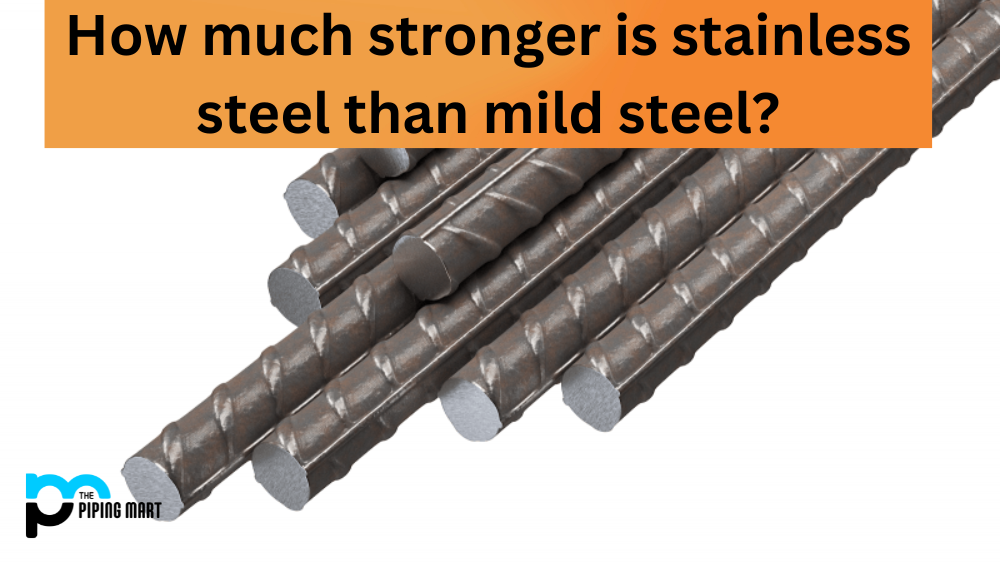Stainless steel is an incredibly popular material used in a variety of applications. It’s excellent at resisting corrosion and heat, making it ideal for industrial or commercial use. While all stainless steel contains similar elements, such as chromium, nickel, and molybdenum, there are some slight differences between grades. In this blog post, we’ll take a look at two of the most common stainless steel grades—304 and 306—and explore their similarities and differences.
Difference Between Stainless Steel Grades 306 and 304
Chemical Composition
The chemical composition of grade 304 stainless steel is essentially the same as that of grade 306 stainless steel, with slightly higher amounts of chromium (18% vs 16%) and lower amounts of carbon (0.08% vs 0.12%). This slight difference in chemical composition imparts slightly different mechanical properties to each grade; for example, grade 304 has a higher yield strength than grade 306.
Corrosion Resistance
Both 304 and 306 stainless steels are highly resistant to corrosion due to their high levels of chromium content; however, they do have different levels of resistance depending on their environment. Grade 304 is more resistant to saltwater corrosion, while grade 306 is more resistant to acid-based corrodes like vinegar or citric acid. This means that if you’re looking for a stainless steel that will be exposed to acidic environments regularly, then grade 306 is your best bet, whereas if you need something that can handle saltwater exposure, then grade 304 is the way to go.
Temperature Resistance
When it comes to temperature resistance, both grades of stainless steel perform similarly; they both offer good resistance up to 600 degrees Fahrenheit before they start to degrade in performance. However, due to its higher carbon content, grade 304 offers better oxidation resistance than grade 306 does when exposed to temperatures above 600 degrees Fahrenheit during extended periods of time—this makes it ideal for applications where prolonged heat exposure is expected, such as automotive exhaust systems or industrial ovens/furnaces.
Mechanical Properties
Another important difference between grade 306 stainless steel and grade 304 stainless steel is their mechanical properties. Grade 306 stainless steel is stronger than grade 304, which can make it more suitable for certain applications. Additionally, grade 306 stainless steel is more ductile than grade 304, which means it can be formed into different shapes.
Cost
One final difference between grade 304 and grade 306 stainless steel is their cost. Grade 304 is typically more affordable than grade 306 due to its lower carbon content and lower chromium content. However, both grades of stainless steel are relatively affordable compared to other metals.
Conclusion:
In conclusion, while grades 304 and 306 offer excellent corrosion protection against a variety of environments, there are still some subtle differences between them in terms of chemical composition and temperature resistance that may make one more suitable than the other, depending on your application needs. Both types also come in a variety of forms, such as sheet metal or tubing, so you can find the perfect fit for your project no matter what type it may be! Ultimately though, it comes down to understanding what type of environment these materials will be exposed to so you can make an informed decision about which would work best for your specific application needs!

Abhishek is a seasoned blogger and industry expert, sharing his insights and knowledge on various topics. With his research, Abhishek offers valuable insights and tips for professionals and enthusiasts. Follow him for expert advice on the latest trends and developments in the metal industry.




